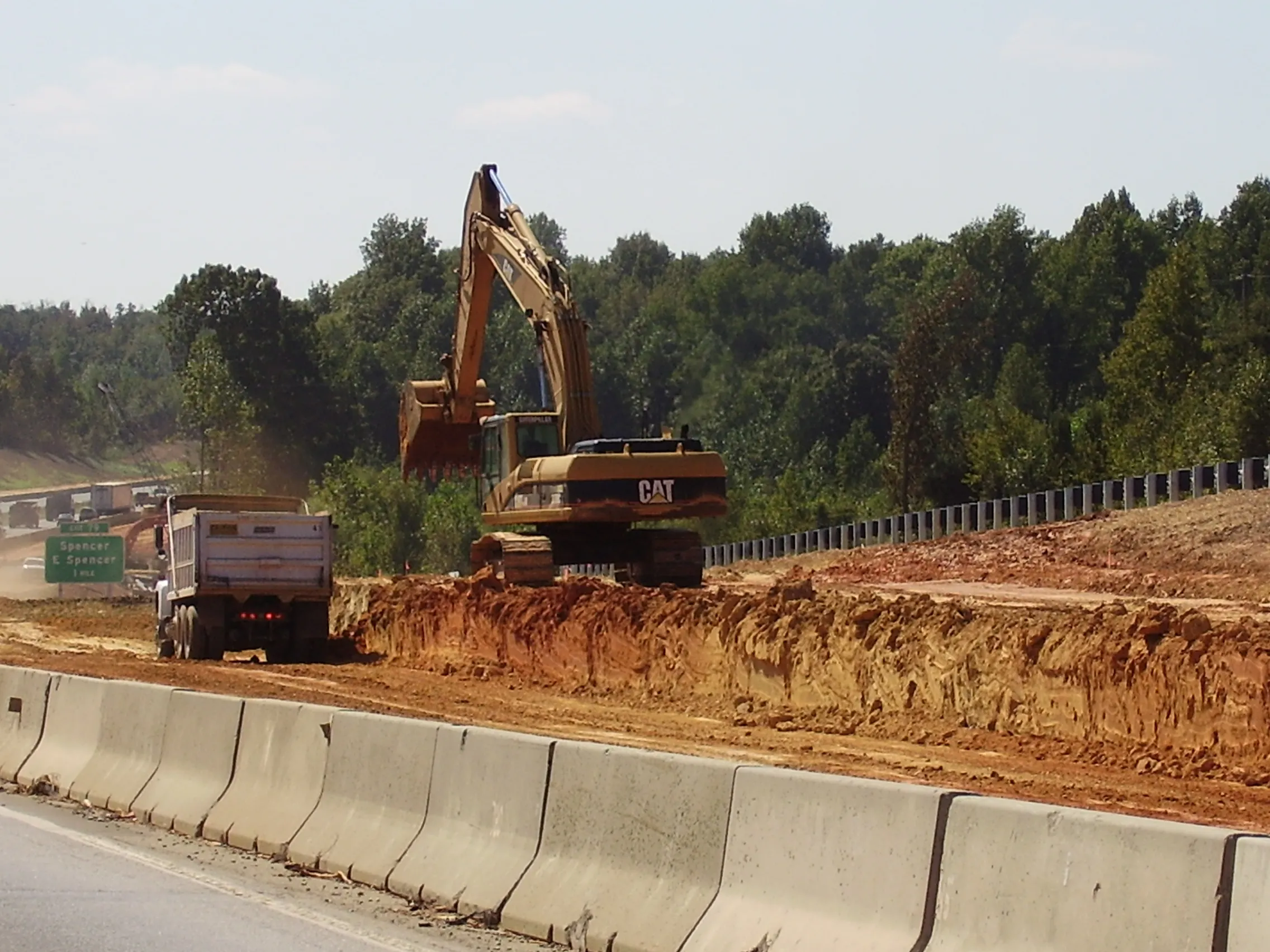In a bid to maintain services and reduce travel times for the Transantiago public transport system, the Chilean government will invest US $ 41.62 million in repairing and upgrading nearly 150km of roads in Santiago. Works are expected to be completed in 2013 and will include 31 different districts across the capital.
September 11, 2012
Read time: 1 min
In a bid to maintain services and reduce travel times for the Transantiago public transport system, the Chilean government will invest US $ 41.62 million in repairing and upgrading nearly 150km of roads in Santiago. Works are expected to be completed in 2013 and will include 31 different districts across the capital.







